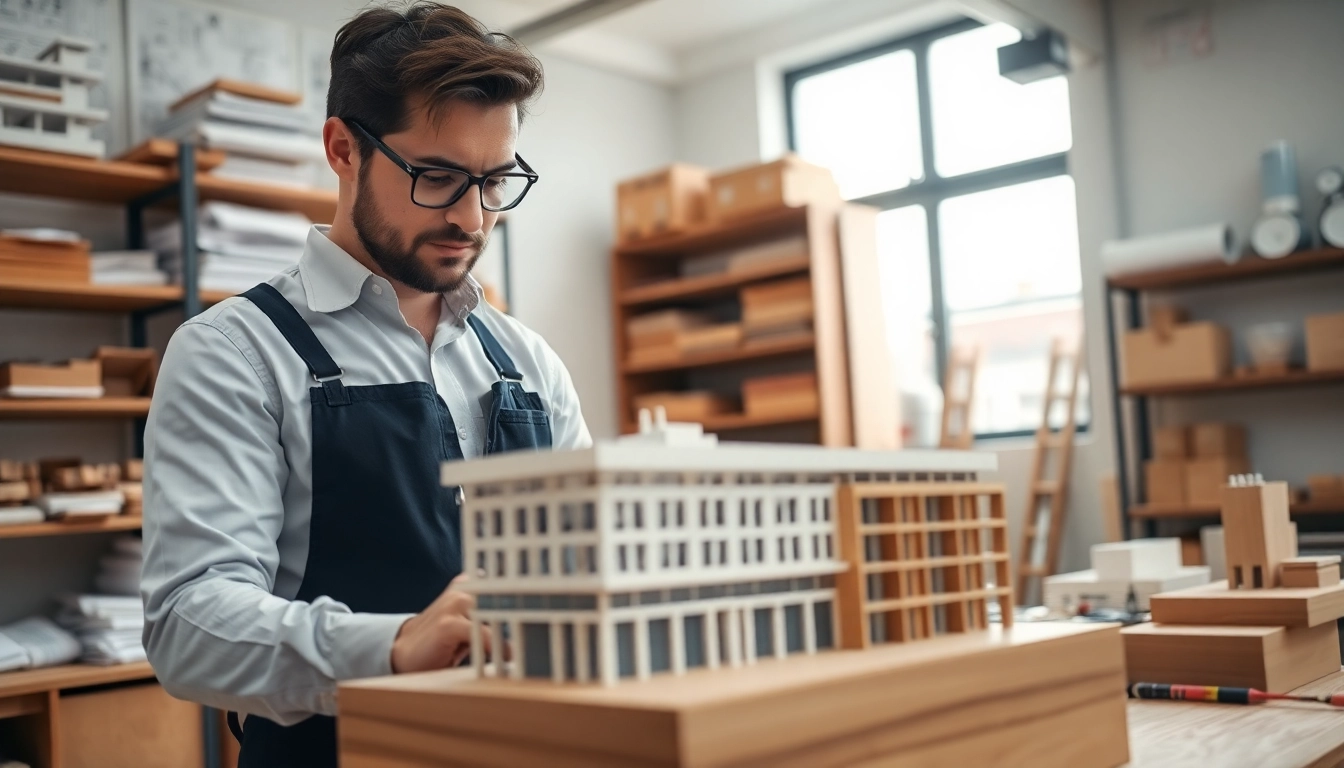The real estate model in Saudi Arabia has gained significant traction due to the Kingdom’s rapid urbanization, population growth, and shift in economic focus towards diversification. As Saudi Arabia continues to implement its Vision 2030 reforms, the real estate sector is intricately woven into the broader economic landscape, making it essential to understand its dynamics and future prospects. This article aims to explore the intricacies of the real estate model in Saudi Arabia, including market dynamics, current trends, challenges faced by developers, and future opportunities. For comprehensive insights, check out this real estate model Saudi Arabia.
Overview of the Real Estate Market Dynamics
The Saudi Arabian real estate market is poised for growth, with a projected valuation of approximately $2.31 trillion by 2025. The residential segment is the largest, driven by growing population demands and urbanization trends. The government is focusing on providing affordable housing to cater to its youth-centric population, which is crucial as over 60% of the Kingdom’s citizens are under the age of 30. Additionally, the rise in property values and increased mortgage activity indicates a thriving residential real estate environment.
Key Players in the Industry
The real estate landscape in Saudi Arabia is diverse, comprising local and international developers, real estate investment trusts (REITs), and financial institutions. Major players include state-owned entities such as the Saudi Real Estate Refinance Company and the Private Sector Housing Development Fund, along with international firms that are establishing their presence due to the attractive investment environment. Furthermore, partnerships between private investors and government entities have been instrumental in driving real estate developments, especially in major cities like Riyadh and Jeddah.
Importance of Real Estate Models in Urban Development
Real estate models are crucial for urban development as they provide a framework for project planning, design, and implementation. These models not only facilitate the understanding of market dynamics but also help in predicting future trends and user preferences. Effective real estate models allow developers to optimize land use and ensure sustainable growth, contributing significantly to the urban fabric of cities. This is especially pertinent in Saudi Arabia, where urban areas are rapidly expanding, necessitating innovative planning solutions.
Current Trends Affecting Real Estate Models in Saudi Arabia
Market Growth and Forecasts
The growth trajectory of the Saudi real estate market is influenced by several factors, including demographic shifts, increased government spending on infrastructure, and ease of access to financing. Reports indicate that the residential sector is expected to grow significantly, projecting an increase in property values and a burgeoning market for affordable housing. The government’s initiative to boost homeownership rates to 70% by 2030 plays a pivotal role in driving this growth, aligning with the broader economic goals under Vision 2030.
Shifts in Consumer Preferences
Consumers in Saudi Arabia are increasingly inclined towards modern, eco-friendly housing options that integrate technology and sustainable practices. There is a marked shift away from traditional housing towards smart real estate developments that emphasize energy efficiency and environmentally friendly designs. This evolution in consumer preferences is shaping the types of projects developers are undertaking, thus requiring them to innovate continuously to meet rising expectations.
Government Policies and Regulations Impacting the Sector
The Saudi government has implemented several policies aimed at bolstering the real estate sector. These include streamlined processes for property ownership, especially for foreigners, and incentives for developers focused on affordable housing. Regulations pertaining to zoning and land use are also being revised to facilitate urban expansion. Furthermore, reforms aimed at reducing bureaucratic red tape have been crucial in attracting foreign investments and fostering a favorable real estate environment.
Challenges Faced by Real Estate Model Developers
Economic and Market Risks
While the prospects for real estate development in Saudi Arabia are optimistic, developers face significant economic and market risks. Fluctuations in oil prices can impact government spending and consumer confidence, directly affecting real estate demand. Additionally, the influx of new entrants into the market raises competition, challenging established players to innovate or risk losing their market share.
Technological Challenges in Model Design
Adopting advanced building technologies and maintaining pace with digital transformation can be a challenge for some developers. While many companies leverage Building Information Modeling (BIM) and other technologies to enhance design efficiency, integrating these solutions into traditional workflows requires significant investment and training. Additionally, the demand for flexibility in design to accommodate changing consumer preferences necessitates ongoing adjustments that can strain resources.
Legal and Regulatory Hurdles
Developers must navigate a complex regulatory environment that includes acquiring necessary permits, adhering to zoning laws, and complying with environmental regulations. These hurdles can lead to delays and increased costs, making it critical for developers to have a thorough understanding of legal frameworks. Furthermore, ensuring compliance with changes in regulations requires ongoing vigilance and adaptability within organizations.
Innovation and Sustainability in Real Estate Models
Green Building Standards and Practices
With growing awareness of environmental issues, there is an increasing emphasis on green building standards in the Saudi Arabian real estate market. Developers are increasingly incorporating sustainable materials and practices into their projects to minimize ecological impact. Initiatives such as LEED (Leadership in Energy and Environmental Design) certification are gaining traction among developers seeking to enhance their reputation and attract eco-conscious consumers.
Technological Integration in Real Estate Design
As technology continues to evolve, the integration of smart home technologies and IoT (Internet of Things) devices in real estate models is becoming commonplace. From smart thermostats to security systems, these technologies not only enhance living experiences but also offer energy savings and improved regulatory compliance. Real estate developers are increasingly leveraging these technologies to create homes that are not only modern and efficient but also appealing to tech-savvy consumers.
Case Studies of Successful Real Estate Models
Examining successful case studies offers valuable insights into best practices for real estate development in Saudi Arabia. Notable examples include landmark projects like the King Abdullah Financial District in Riyadh, which combines commercial, residential, and recreational facilities in a cohesive urban plan. Another example is the mixed-use community development in AlUla, where heritage and culture blend with contemporary living, attracting both residents and tourists alike.
Future Prospects for Real Estate Models in Saudi Arabia
Emerging Opportunities and Investment Trends
As the Saudi real estate sector continues to expand, several emerging opportunities are becoming apparent. With increased foreign direct investment encouraged by a favorable regulatory environment, there is potential for transformative real estate projects that cater to both local and international markets. Additionally, niches such as vacation rentals and co-living spaces are gaining momentum, driven by changing lifestyle preferences among younger Saudis and expatriates.
Predictions for Market Shifts by 2030
By 2030, the Saudi Arabian real estate market is anticipated to undergo significant transformations, with heightened emphasis on urban density and smart living solutions. The shift towards vertical living and the development of integrated urban complexes will be paramount in addressing housing demands. Moreover, growing urbanization is expected to require innovative public transport solutions and mixed-use developments that satisfy the needs of an increasingly mobile population.
Striving for Economic Diversification through Real Estate
The real estate sector is at the forefront of Saudi Arabia’s efforts towards economic diversification. By fostering a robust real estate model, Saudi Arabia aims to reduce its reliance on oil revenues and enhance overall economic stability. Investing in sustainable urban development and encouraging innovative design practices are not just goals— they are essential actions that will enable the Kingdom to realize its Vision 2030 aspirations.




